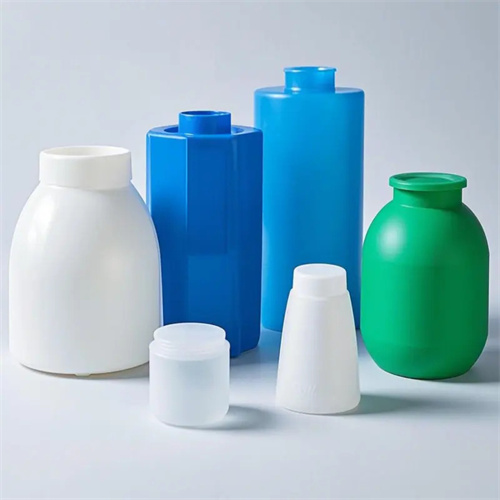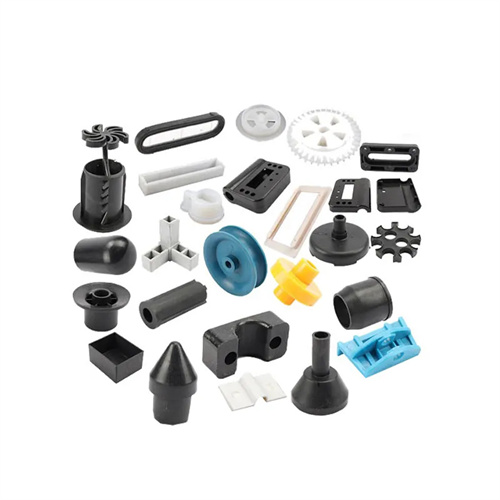Pay attention to several process parameters that affect injection molding quality
During the injection molding process, process parameters directly determine product quality, with injection pressure being a crucial factor. Injection pressure refers to the pressure exerted by the injection molding machine’s screw as it pushes the molten material into the mold cavity. Its magnitude depends on the product’s structure, the plastic’s fluidity, and the complexity of the mold. Thin-walled, complex, or poorly fluid plastics, such as polycarbonate (PC), require higher injection pressures (typically 80-150 MPa) to ensure smooth filling of the cavity and avoid defects such as missing material and poor contours. Thick-walled, simple, or fluid plastics, such as polyethylene (PE), can require lower injection pressures (typically 40-80 MPa) to prevent flash and excessive internal stress in the product. Injection pressure stability is also crucial. Excessive pressure fluctuations can lead to dimensional instability and significant weight deviation in the product. Therefore, modern injection molding machines are often equipped with closed-loop control systems to ensure precise injection pressure control.

Holding pressure and holding time are key parameters influencing part density and dimensional stability. Holding pressure, typically 50%-80% of the injection pressure, is applied after the molten material fills the mold cavity to compensate for shrinkage during cooling. Insufficient holding pressure can lead to defects such as sink marks, dents, and undersize. Excessive holding pressure can increase internal stresses and even cause mold cavity deformation. Holding time, the duration of the holding pressure, depends on the part’s wall thickness. Thick-walled parts require a longer holding time (typically 10-30 seconds) to ensure sufficient molten material enters the mold cavity. Thin-walled parts require a shorter holding time (typically 2-10 seconds) to avoid flashing caused by prolonged holding times. Holding time is closely related to cooling time and should generally continue until the molten material solidifies at the part’s gate to prevent backflow and compromised part quality.

Injection speed significantly impacts the flow of the melt and the surface quality of the finished product. When the injection speed is too fast, the melt flows rapidly within the mold cavity, subjecting it to high shear forces. This can easily cause turbulence and jetting, leading to surface defects such as ripples and silver streaks. Excessive shear forces can also degrade the plastic, affecting the mechanical properties of the part. When the injection speed is too slow, the melt cools too quickly during flow, resulting in problems such as insufficient fill and noticeable weld marks. Therefore, the appropriate injection speed should be set based on the structural characteristics of the part. For parts with complex shapes and thin-walled areas, a staged injection speed can be employed: a lower speed is used during the initial filling phase to prevent jetting; a higher speed is used during the middle filling phase to improve filling efficiency; and a lower speed is used during the final filling phase to prevent flashing. Generally, injection speeds range from 10-200 mm/s, and the specific value needs to be adjusted through mold trials.

Barrel temperature is a key parameter affecting the quality of plasticizing, and different types of plastics require different barrel temperatures. Excessively low barrel temperatures can lead to incomplete plasticizing, resulting in unmelted particles in the melt, a rough surface finish, and decreased mechanical properties. Excessively high barrel temperatures can cause thermal degradation of the plastic, leading to discoloration, bubbles, and deterioration in mechanical properties. The barrel temperature is typically set in stages, with the temperature gradually increasing from the feeding section to the nozzle. The feeding section is relatively low to prevent premature melting of the plastic, which can lead to conveying difficulties. The compression section maintains a moderate temperature, primarily responsible for gradually melting the plastic particles. The metering section maintains the highest temperature to ensure thorough plasticization and uniform mixing of the melt. For example, when processing polypropylene (PP), the barrel temperature is typically set between 180-220°C; when processing polyvinyl chloride (PVC), the barrel temperature is typically between 160-190°C and requires strict control to prevent PVC decomposition and the production of toxic gases.

Mold temperature has a significant impact on the crystallinity, internal stress, and surface quality of the final product. For crystalline plastics such as polyethylene (PE) and polypropylene (PP), mold temperature affects the crystallization rate and degree of crystallinity. Higher mold temperatures (typically 40-80°C) promote crystal growth and perfection, improving the density and mechanical properties of the final product, but also prolong cooling time and reduce production efficiency. Lower mold temperatures (typically 20-40°C) reduce crystallinity and improve the toughness of the final product, but may lead to dimensional instability. For amorphous plastics such as polystyrene (PS) and polycarbonate (PC), mold temperature primarily affects the final product’s internal stress and surface quality. Higher mold temperatures (typically 60-120°C) reduce internal stress and improve impact resistance, but increase cooling time. Lower mold temperatures (typically 30-60°C) shorten production cycles but may cause surface shrinkage and poor gloss. Mold temperature control is typically achieved through cooling channels or heating rods. For large, complex molds, zoned temperature control can also be used to ensure uniform temperature across the mold.
